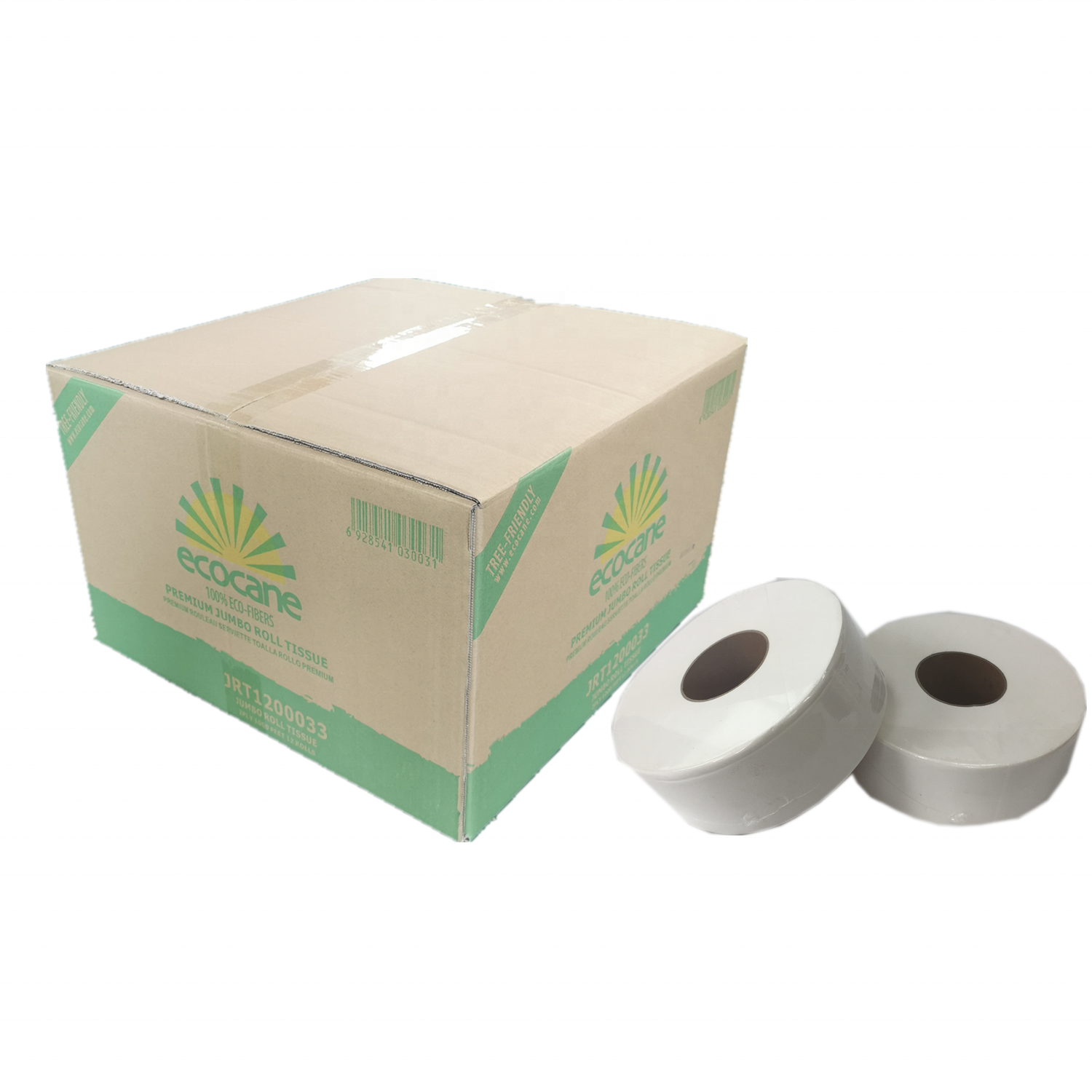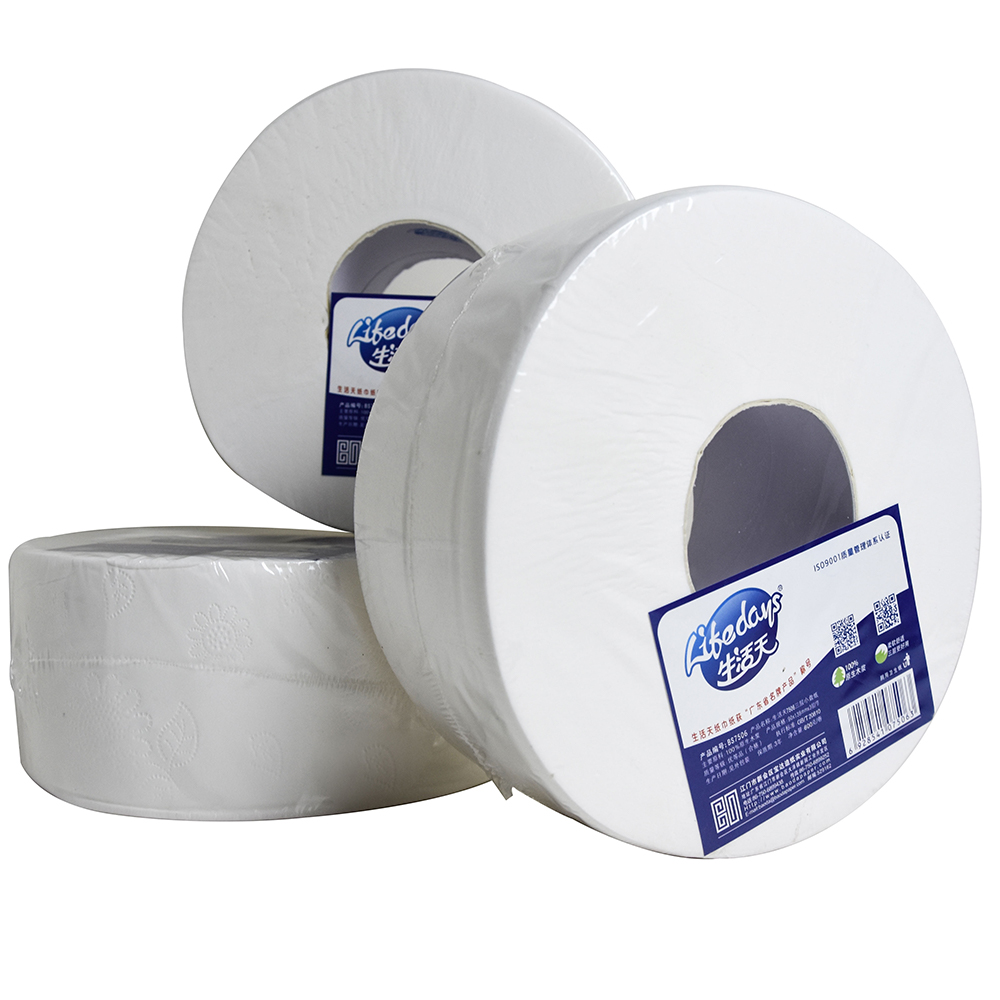Views: 0 Author: Site Editor Publish Time: 2024-03-13 Origin: Site
The production of paper has been a cornerstone of human civilization for centuries. From ancient papyrus scrolls to modern-day newspapers, paper remains an essential medium for communication, information dissemination, and personal expression. One significant aspect of paper production is the use of pulp, derived from various raw materials like wood, recycled paper, and agricultural residues. This essay explores the evolution and impact of pulp paper production, focusing particularly on jumbo roll tissue paper manufacturing.
Historical Context of Pulp Paper:

The history of pulp paper dates back to ancient China, where the process of papermaking was invented around 105 CE. Initially, paper was made from natural fibers such as mulberry bark, hemp, and rags. However, with the advent of industrialization in the 19th century, wood pulp emerged as the primary source for paper production due to its abundance and cost-effectiveness. The invention of the Fourdrinier machine in 1803 revolutionized papermaking, allowing for continuous production and mass-scale distribution.
Evolution of jumbo roll tissue paper Production:

jumbo roll tissue paper, also known as industrial toilet paper, represents a significant development in the realm of pulp paper production. Unlike traditional toilet paper rolls used in households, jumbo rolls are massive in size and are primarily utilized in commercial and institutional settings such as hotels, restaurants, and public restrooms. The evolution of jumbo roll tissue paper production can be traced to the increasing demand for cost-effective and efficient sanitation solutions.
Initially, toilet paper was produced in individual rolls for consumer use. However, as businesses and institutions sought more economical options, manufacturers began producing larger rolls designed to fit commercial dispensers. These jumbo rolls offered several advantages, including reduced maintenance costs, decreased frequency of restocking, and enhanced hygiene standards. Moreover, the bulk packaging of jumbo rolls minimized waste and contributed to sustainable practices within the industry.
Key Components of jumbo roll tissue paper Production:
The production process of jumbo roll tissue paper involves several key components, each contributing to the quality and efficiency of the final product.
▶ Pulp Preparation: The first step in jumbo roll tissue paper production is the preparation of pulp. Wood chips or recycled paper is processed in pulping mills, where they are broken down into fibers through mechanical or chemical methods. This pulp is then refined to remove impurities and enhance its quality for papermaking.
▶ Papermaking: Once the pulp is prepared, it is fed into papermaking machines, where it undergoes a series of processes to form sheets of tissue paper. These machines utilize water, pressure, and drying mechanisms to create a continuous web of paper. Jumbo rolls are typically produced in large widths to maximize efficiency during manufacturing.
▶ Converting and Packaging: After the paper is manufactured, it undergoes converting processes to cut and perforate it into individual rolls suitable for commercial dispensers. These rolls are then packaged in bulk for distribution to businesses and institutions. Advanced packaging technologies ensure product integrity and facilitate easy handling and storage.
Impact of jumbo roll tissue paper Production:

The widespread adoption of jumbo roll tissue paper production has had a significant impact on various aspects of society and the environment.
▶ Economic Efficiency: jumbo roll tissue paper production offers cost-effective solutions for businesses and institutions, allowing them to streamline their sanitation processes and reduce operational expenses. The bulk packaging of jumbo rolls also lowers transportation costs and storage requirements, further enhancing economic efficiency.
▶ Hygiene and Sanitation: The availability of jumbo roll tissue paper in commercial settings has improved hygiene standards and sanitation practices, reducing the risk of disease transmission and promoting public health. The durable and absorbent nature of jumbo roll tissue paper ensures effective cleaning and drying, enhancing user satisfaction and comfort.
▶ Environmental Sustainability: While paper production, including jumbo roll tissue paper manufacturing, requires the utilization of natural resources, efforts are being made to minimize environmental impact through sustainable practices. This includes sourcing pulp from responsibly managed forests, implementing water and energy conservation measures, and promoting recycling and waste reduction initiatives.
The evolution of pulp paper production, particularly in the form of jumbo roll tissue paper manufacturing, highlights the dynamic relationship between technological innovation, economic efficiency, and societal needs. From ancient origins to modern advancements, paper continues to play a vital role in our everyday lives, facilitating communication, hygiene, and environmental stewardship. As we navigate the challenges of the 21st century, sustainable practices and responsible consumption will be essential in ensuring the continued success and relevance of pulp paper production.
| | Address: Xinyuan Industrial Development , Xinhui District , Jiangmen City, Guangdong province , China |
| | Custom Support & Sale: +86-750-6895212 |
| | phone: +86-13380963281 |
| | E-mail: sale@baodapaper.com |